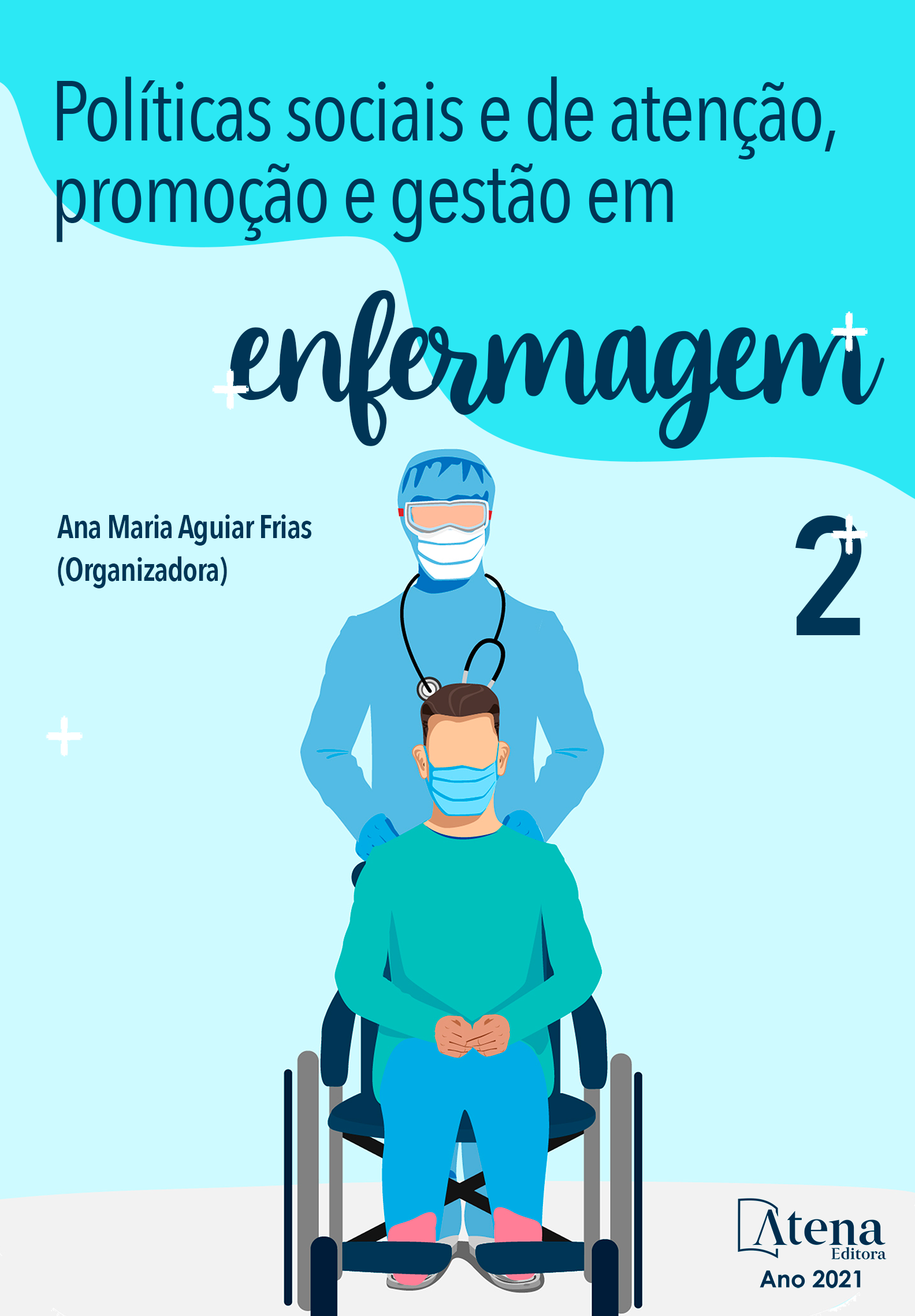
THE CONTRIBUTIONS OF VES-13 IN THE IDENTIFICATION OF THE VULNERABLE ELDERLY
Objetivo: O artigo analisa o perfil dos idosos vulneráveis residentes no município de Canoas/RS, identificando os agravantes de vulnerabilidade relacionadas à sua saúde ou condição física. Método: Estudo transversal, retrospectivo, quantitativo. Foram analisados 3.513 Instrumentos do VES-13 preenchidos pelos Agentes Comunitários de Saúde e enfermeiros. Na análise, foi empregado o Programa Statistical Package for the Social Sciences e Teste Qui-Quadrado (nível de significância de 5%). Resultados: Predomínio de idosas (63,2%); faixa etária de 60 a 74 anos (62,0%). Classificados como vulneráveis: 57,5% dos idosos; como frágeis: 31,2%; e com risco de fragilização: 26,3%. As idosas foram mais vulneráveis (p=0,05) na faixa de 60 a 74 anos (p=0,02). Possuem muita dificuldade e são incapazes de fazer atividade física os mais vulneráveis (p=0,01). Conclusão: o estudo traz subsídios para a elaboração de uma linha de cuidado para o idoso vulnerável considerando o risco de fragilidade existente e o seu grau de dependência.
THE CONTRIBUTIONS OF VES-13 IN THE IDENTIFICATION OF THE VULNERABLE ELDERLY
-
DOI: 10.22533/at.ed.93121130815
-
Palavras-chave: Idoso; Vulnerabilidade em Saúde; Enfermagem de Atenção Primária.
-
Keywords: Elderly; Health Vulnerability; Primary Care Nursing.
-
Abstract:
Objective: The article analyzes the profile of vulnerable elderly people living in the city of Canoas/RS, identifying the aggravating factors of vulnerability related to their health or physical condition. Method: Cross-sectional, retrospective, quantitative study. A total of 3,513 VES-13 instruments filled out by Community Health Agents and nurses were analyzed. In the analysis, the Statistical Package for the Social Sciences Program and the Chi-Square Test (5% significance level) were used. Results: Predominance of elderly women (63.2%); age group 60 to 74 years (62.0%). Classified as vulnerable: 57.5% of the elderly; as fragile: 31.2%; and at risk of weakening: 26.3%. Elderly women were more vulnerable (p=0.05) in the range of 60 to 74 years (p=0.02). The most vulnerable have a lot of difficulty and are unable to do physical activity (p=0.01). Conclusion: the study provides support for the development of a line of care for the vulnerable elderly considering the risk of existing frailty and their degree of dependence.
-
Número de páginas: 15
- Maria Renita Burg
- Fernanda Stassen dos Santos
- Miria Elisabete Bairros de Camargo


